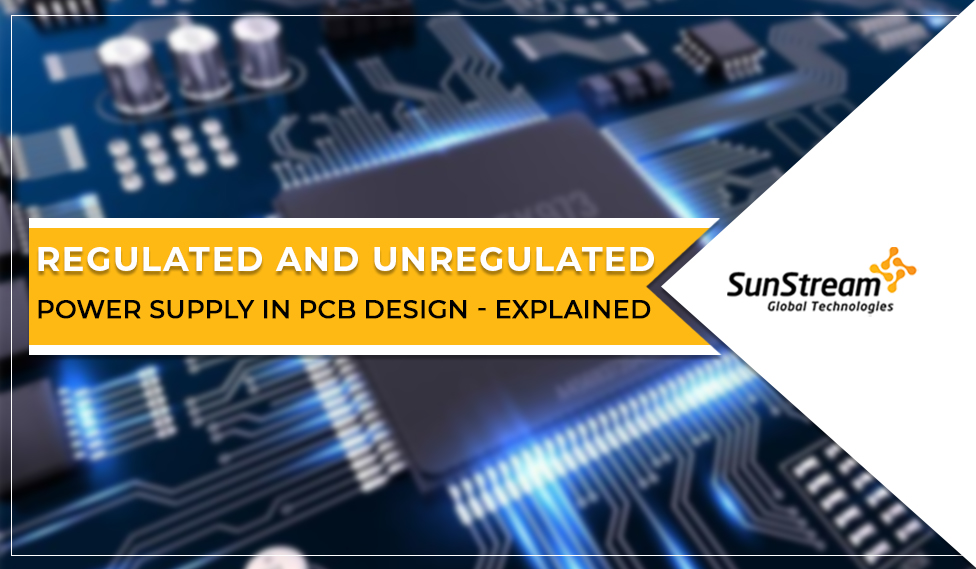
The circuit board development involves various attributions to satisfy the requirements of the given design. One of the most prominent attributes that determine the circuit board design is the power supply and the circuit laid out. It is one of the most important tasks carried out by various PCB layout services to choose the suitable power supply for the recommended layout. However, there are multiple types of power supplies available that you can use for the required PCB layout. Still, before that, it is essential to understand PCB design’s regulated and unregulated power supply. Hence, in this blog, we can briefly see the difference between regulated and unregulated power supply in PCB design and choose the suitable one that is apt for your application.
Difference Between Regulated And Unregulated Power Supply
It is essential to understand the goal of the power supply before we know the regulated and unregulated power. So, every typical electronic circuit operates on a specific voltage to carry out the process. The circuit draws these specific voltages from the batteries or the solar cells where the AC (Alternating Current) is converted into DC (Direct Current). Hence, the primary goal of the power supply is to provide the system or any electronic device with the expected DC voltage.
It is a thumb rule in a power supply where the power equals the voltage at current times, and any disturbance in the power supply can disturb this equation effectively.
For example, if an electronic circuit draws the current excessively with the increasing loads, the voltage decreases proportionally by retaining the overall system’s energy.
Regulated Power Supply:
A regulated power supply is also known as a linear power supply, where the output current remains constant even after unregulated AC input. However, the major electronics require a steady flow of current and irregular voltage can degrade the circuit’s performance. Hence, for a regulated power supply, a voltage regulator is utilized for an even power supply even during the rippled output voltage. These voltage regulators offer a clean, smooth, and steady power supply despite the fluctuating input.
Unregulated Power Supply:
The unregulated power supply does not produce a constant power supply, and without a voltage regulator, there is a drastic difference in the output voltage whenever the input voltage differs. However, filter capacitors are used to smoothen the changing input voltage, but high-frequency noise from the input voltage can’t be avoided.
Applications Of Regulated And Unregulated Power Supply:
As mentioned earlier, the choices for the power supply vary as per the requirement of the design. If your circuit design demands a steady voltage, then a voltage regulator is ideal to have a regulated power supply. Whereas, if your design can tolerate the ripple voltage, an unregulated power supply is best for your electronic system, which also acts as a cost-effective option.
Applications Of Regulated Power Supply:
Communication systems, medical equipment, computers, and entertainment devices (Video games, TV, & more).
Applications Of Unregulated Power Supply:
LED lights, motors, relays, and actuators.
Hence, these are the essential things you need to know about the power supply. Sunstream is the ideal outsource partner for your PCB design services needs which includes schematic capture, layout and analysis as per the project needs.



 +1.585.935.7123
+1.585.935.7123 +91-804-148-6861
+91-804-148-6861